Proposed Increase in Logging to Mitigate Wildfires in the U.S. Pacific Northwest
- February 25, 2025
- 0 comment
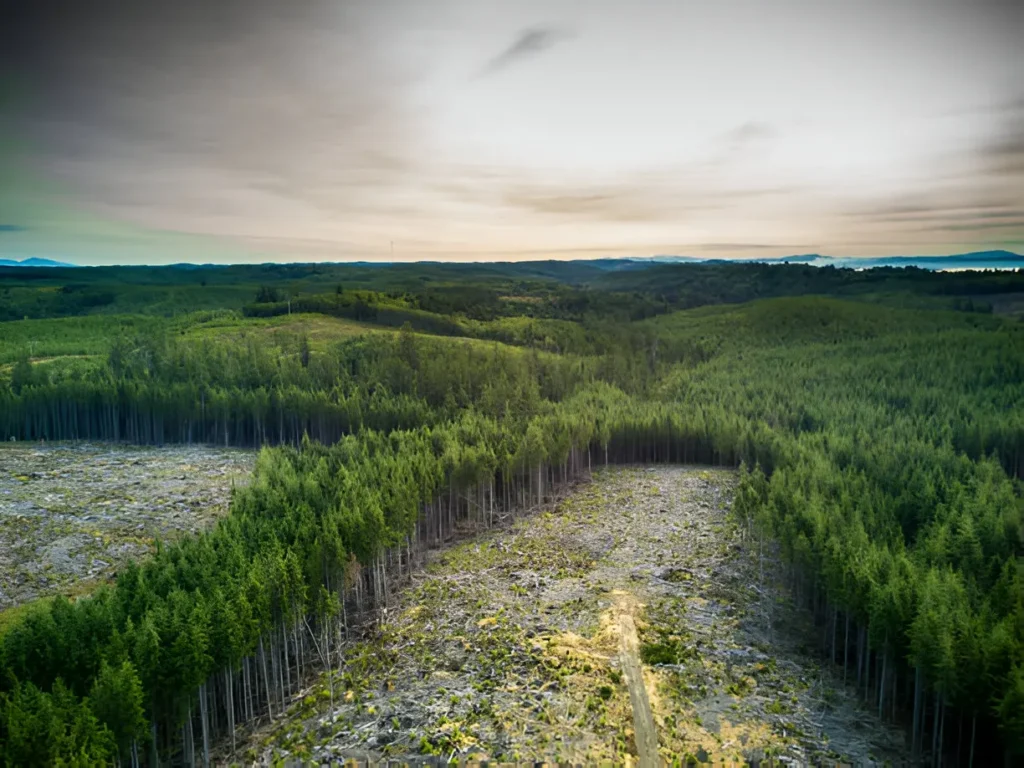
The U.S. government has introduced a controversial proposal to increase logging on federal lands in the Pacific Northwest, arguing that the move will help mitigate wildfires while bolstering rural economies. The plan, which calls for a significant overhaul of the Northwest Forest Plan, seeks to increase timber harvests by at least 33% annually. Proponents of the initiative claim that by actively managing forests through logging, thinning, and controlled burns, they can reduce the buildup of dry, flammable vegetation that fuels large wildfires. However, critics warn that increasing logging may have unintended environmental consequences, including habitat destruction and long-term ecosystem disruption.
For decades, the Pacific Northwest has been at the heart of a tense debate over forest management. Historically, vast stretches of forested land were logged extensively, leading to widespread deforestation and loss of biodiversity. In response to growing environmental concerns, the 1994 Northwest Forest Plan was implemented to protect old-growth forests and endangered species, such as the northern spotted owl. The plan significantly reduced timber harvests on federal lands, prioritizing conservation over logging. However, as climate change accelerates, intensifying wildfires have renewed discussions about the role of active forest management. Many argue that the policies restricting logging have contributed to overgrown forests filled with dead and dying trees, providing ample fuel for catastrophic wildfires.
In recent years, wildfires have ravaged the Pacific Northwest, destroying homes, displacing communities, and consuming millions of acres of forested land. Fire suppression strategies of the past century have resulted in dense forests where fires, once a natural part of the ecosystem, now burn with unprecedented intensity. Supporters of increased logging believe that removing excess trees and undergrowth can reduce fire severity by creating breaks in the fuel supply. Logging proponents also argue that the economic benefits of increased timber harvests could revitalize struggling rural communities, many of which have suffered from declining logging jobs due to past conservation efforts.
The Biden administration’s proposal seeks to balance these concerns by modifying logging restrictions while still considering environmental impacts. The revised plan includes strategies such as selective logging, mechanical thinning, and prescribed burns to manage forest density while minimizing ecological damage. Federal agencies emphasize that the goal is not clear-cutting but rather targeted intervention to remove hazardous fuel loads and enhance forest resilience. Some research suggests that well-managed forests, where excess vegetation is periodically cleared, are less likely to experience uncontrollable wildfires. However, others argue that commercial logging does not always align with fire prevention efforts. Large-scale timber operations typically focus on harvesting mature trees, leaving behind smaller, highly flammable vegetation that poses an even greater wildfire risk.
The environmental impact of increased logging remains a significant concern. Conservationists warn that removing trees can disrupt habitats for endangered species, degrade water quality, and alter the natural balance of ecosystems. Old-growth forests, which serve as critical carbon sinks, could be particularly vulnerable. The potential loss of these carbon-absorbing trees raises questions about how increased logging aligns with broader climate change mitigation efforts. Furthermore, logging roads and machinery can compact soil, disrupt watersheds, and introduce invasive species, exacerbating ecological stress rather than alleviating it.
Local communities remain divided on the issue. Many rural residents and logging industry workers welcome the proposal, seeing it as an opportunity to bring back much-needed jobs and economic stability. Timber-dependent towns that once thrived on forestry have faced economic hardship in the wake of conservation policies that restricted logging. Reopening federal lands to increased timber harvests could generate employment opportunities and stimulate local economies. On the other hand, Indigenous groups, environmental activists, and conservationists argue that alternative fire management techniques, such as prescribed burns and ecological restoration, offer a more sustainable solution. They emphasize the importance of restoring natural fire cycles rather than relying on commercial logging as a fire prevention strategy.
Scientific studies provide mixed insights into the effectiveness of logging in wildfire mitigation. Some research suggests that reducing forest density can help slow the spread of fires, particularly in dry, fire-prone regions. However, other studies indicate that logging alone does not significantly reduce wildfire severity and may, in some cases, worsen fire conditions by drying out the forest floor and increasing wind exposure. Experts generally agree that a combination of strategies including controlled burns, thinning, and habitat restoration is necessary for effective wildfire prevention.
As the debate continues, policymakers must navigate complex environmental, economic, and social considerations. The proposed increase in logging represents a shift in federal forest management philosophy, moving away from strict conservation toward a more interventionist approach. While the plan aims to address both wildfire risk and economic challenges, its long-term consequences remain uncertain. Striking a balance between ecological preservation and proactive forest management will be crucial in determining the success of this initiative.
Public input and scientific research will likely play a critical role in shaping the final version of the proposal. The government has indicated that it will seek feedback from environmental organizations, forestry experts, Indigenous tribes, and local communities before implementing widespread changes. As wildfires continue to intensify due to climate change, the urgency to find effective solutions grows. Whether increased logging will prove to be a sustainable method of wildfire mitigation or a short-term economic boost with lasting environmental costs remains to be seen. The Pacific Northwest, a region long shaped by both its forests and its fires, stands at a crossroads, facing difficult decisions about the future of its landscapes and the communities that depend on them.


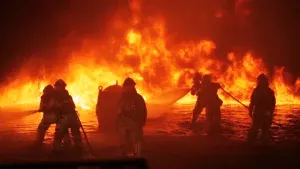

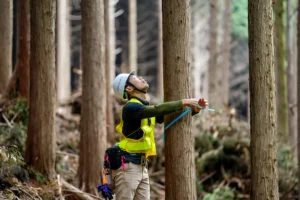
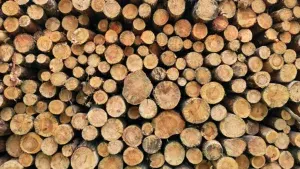
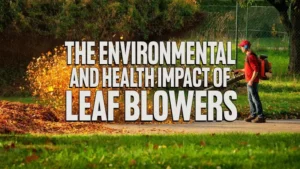


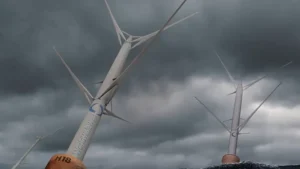
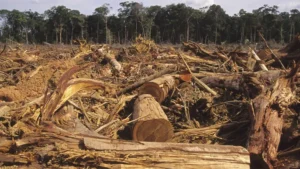
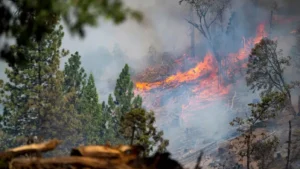

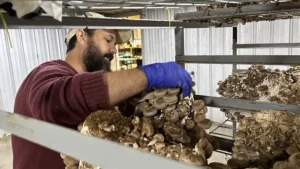
Leave your comment